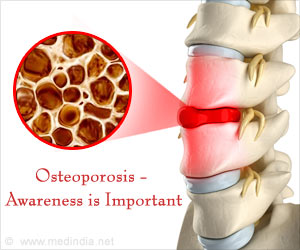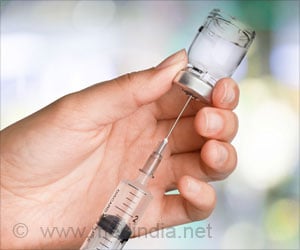Patient stem cells that was used to make dementia-in-a-dish has offered new potential treatment for dementia, reveal scientists after a new study.

In patient-derived stem cells carrying a mutation predisposing them to frontotemporal dementia, which accounts for about half of dementia cases before the age of 60, the scientists found a targetable defect that prevents normal neurodevelopment. These stem cells partially return to normal when the defect is corrected.
Catherine Verfaillie of KU Leuven said that Use of induced pluripotent stem cell (iPSC) technology, which involves taking skin cells from patients and reprogramming them into embryonic-like stem cells capable of turning into other specific cell types relevant for studying a particular disease, makes it possible to model dementias that affect people later in life.
iPSC models could now be used to better understand dementia, and in particular frontotemporal dementia, and might lead to the development of drugs that can curtail or slow down the degeneration of cortical neurons, she further added.
One of the top defective pathways in the iPSCs was the Wnt signaling pathway, which plays an important role in neuronal development. However, genetic correction or treatment with a compound that inhibits the Wnt signaling pathway restored the ability of the iPSCs to turn into cortical neurons.
Taken together, the findings demonstrated that the GRN mutation causes the defect in cortical neuron formation by altering the Wnt signaling pathway.
The study is published in the Stem Cell Reports, the official journal of the International Society of Stem Cell Research published by Cell Press.
 MEDINDIA
MEDINDIA




 Email
Email





